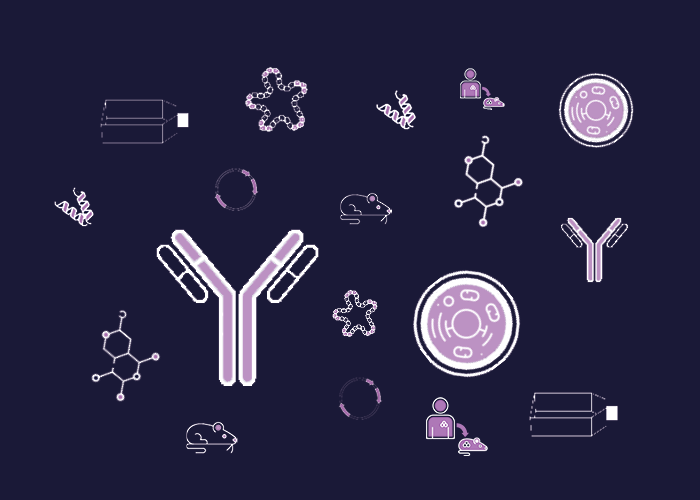
Cat. #154150
MDA-MB-231 TetOn-3G ROCK1 cell line
Cat. #: 154150
Sub-type: Continuous
Unit size: 1x10^6 cells / vial
Availability: 8-10 weeks
Organism: Human
Tissue: Breast
Disease: Cancer
Model: Transgenic
£575.00
This fee is applicable only for non-profit organisations. If you are a for-profit organisation or a researcher working on commercially-sponsored academic research, you will need to contact our licensing team for a commercial use license.
Contributor
Inventor: Heather Mckinnon ; Justin Bower ; Daniel Croft
Institute: Cancer Research UK, Glasgow: The Beatson Institute
Tool Details
*FOR RESEARCH USE ONLY (for other uses, please contact the licensing team)
- Name: MDA-MB-231 TetOn-3G ROCK1 cell line
- Alternate name: Rho-associated protein kinase 1, Renal carcinoma antigen NY-REN-35, Rho-associated, coiled-coil-containing protein kinase 1, Rho-associated, coiled-coil-containing protein kinase I, ROCK-I, p16 ROCK-1, p16ROCK
- Cancer type: Breast cancer
- Cancers detailed: Triple negative breast (TNBC)
- Research fields: Cancer;Cell biology;Drug development;Genetics
- Tool sub type: Continuous
- Parental cell: MDA-MB-231 D3H2LN-Luc cell line
- Organism: Human
- Tissue: Breast
- Disease: Cancer
- Growth properties: Adherent cell line. Membrane blebbing/cytoskeleton reorganisation and migration induced in the presence of doxycycline.
- Model: Transgenic
- Conditional: Yes
- Conditional description: MDA-MB-231 D3H2LN-Luc cell line that expresses tetracycline (Tet)-regulated transactivator Tet-On 3G regulated expression of ROCK1. Therefore ROCK1 expression is induced in the presence of doxycycline.
- Description: This cell line has been engineered to enable tetracycline inducible expression of the kinase ROCK1. ROCK1 is a serine/threonine kinase which acts as a key regulator of the actin-myosin cytoskeleton and cell polarity. ROCK1 promotes contractile force generation and therefore is a modulator of cell motility and tumour cell invasion. The cell line is a derivative of a human breast cancer cell line shown to reliably metastasize to clinically relevant sites (the lungs and lymph nodes) when implanted orthotopically in mice (i.e. when implanted in the breast pad of mice). The cell line expresses luciferase enabling detection of the location of the cells using bioluminescent imaging. Useful for the study of breast cancer cell cytoskeleton reorganisation and cell migration. This cell line is derived from a triple negative breast cancer (TNBC) meaning it does not express oestrogen, progesterone or HER2 receptors.
- Biosafety level: 1
- Additional notes: Tet-On System owned by TET Systems GmbH & Co. KG.
- Recommended controls: MDA-MB-231 D3H2LN-Luc parental line
Target Details
- Target: ROCK1
Handling
- Format: Frozen
- Growth medium: 10% FBS/MEM-EBSS/NEAA/NaPyr/Glutamine
- Unit size: 1x10^6 cells / vial
- Shipping conditions: Dry ice
- Storage conditions: Liquid Nitrogen
- Mycoplasma free: Yes
References
- Unbekandt et al. 2014. Cell Commun Signal. 12:54. PMID: 25288205.
- A novel small-molecule MRCK inhibitor blocks cancer cell invasion.


